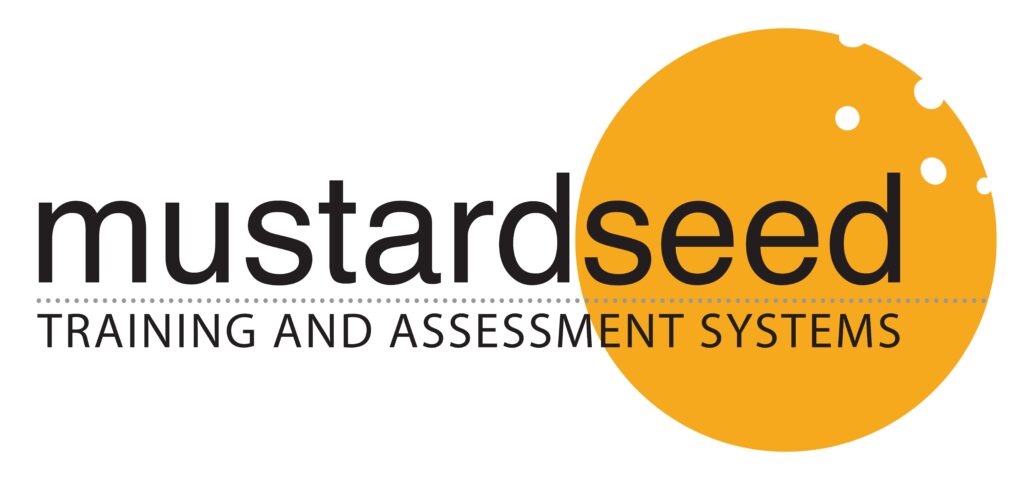7 Steps for Leading Successful Culture Transformation
– A Blog
Culture transformation is a comprehensive journey that requires careful planning, strong leadership commitment, and active employee engagement. It’s not a one-time event but an ongoing process aimed at aligning the organization’s culture with its long-term goals. In this blog, we will explore the essential steps needed to lead a successful culture transformation, enhanced with real-world examples and supporting statistics to highlight the importance of each step.
Step 1: Define Your Vision and Strategy for Corporate Culture Change
Identify your organization’s purpose, values, and desired culture – The first step in changing corporate culture is understanding what you want your organization to represent. This involves clearly articulating your mission, core values, and the type of culture you wish to cultivate. By defining your vision, you lay the foundation for the entire transformation process.
Develop a clear strategy and roadmap for transformation – After defining the vision, you need to develop a strategic plan that outlines the specific steps required to achieve it. This strategy should include clearly defined goals, milestones, and timelines that will guide the transformation process. Without a well-thought-out roadmap, the process may become chaotic and lose direction.
Communicate the vision and strategy to all stakeholders – To ensure a smooth transition when changing corporate culture, effective communication is key. All employees must understand the vision and how their roles contribute to the broader goals. This unified understanding helps to eliminate confusion and resistance to change.
Example: Microsoft’s transformation under CEO Satya Nadella exemplifies this step. Nadella redefined Microsoft’s mission to “empower every person and every organization on the planet to achieve more,” and focused on cultivating a culture of growth mindset and innovation. This vision was effectively communicated throughout the organization, aligning employees with common objectives (McKinsey & Company).
Step 2: Assess the Current Workplace Culture
Conduct surveys, focus groups, and interviews to understand your current culture – A thorough cultural assessment is essential when embarking on a journey of changing corporate culture. This step involves gathering comprehensive data about employee perceptions, behaviors, and organizational dynamics to understand the current state.
Identify strengths, weaknesses, opportunities, and threats (SWOT) – Analyze the collected data to identify cultural strengths that can be leveraged, weaknesses that need to be addressed, opportunities that could be explored, and threats that must be mitigated.
Analyze the data to inform your transformation strategy – The insights gathered from the assessment should be used to refine your strategy and ensure that it effectively addresses the organization’s real issues. Your strategy must align with the current cultural landscape to drive successful change.
Example: IBM’s transition from a hardware-centric company to a cloud and AI-focused organization involved a thorough cultural assessment. This helped IBM pinpoint gaps in skills and mindset, enabling them to tailor their transformation strategy effectively (HogoNext).
Step 3: Build a Leadership Coalition
Assemble a team of influential leaders who can champion the transformation – Successful changing corporate culture initiatives require strong leadership. Identify leaders within the organization who are highly respected and can influence others. These leaders will play a critical role in driving the change.
Ensure leadership commitment and accountability – Leaders must be fully committed to the culture transformation process and be held accountable for their role in driving change. Without their unwavering support, the transformation could lose momentum.
Develop leadership competencies to support the new culture – Equip leaders with the necessary skills to guide and support the new cultural direction. Offering training programs and development opportunities ensures that leaders are well-prepared to lead the change.
Example: At Ford Motor Company, CEO Alan Mulally established a leadership coalition to drive the “One Ford” strategy. This unified the company around common goals and build a collaborative culture. Mulally’s leadership team played a crucial role in promoting transparency and accountability (McKinsey & Company).
Step 4: Engage and Communicate with Employees
-
Develop a comprehensive communication plan – A detailed communication plan is essential for keeping employees informed throughout the cultural transformation. It should outline how the vision, goals, and progress will be shared across the organization.
-
Engage employees through town halls, workshops, and feedback mechanisms – Regularly involve employees in the transformation process by organizing interactive sessions such as town halls, workshops, and feedback loops. This engagement helps address concerns, gather insights, and ensure employee buy-in.
-
Build transparency, trust, and open dialogue – Establishing open communication and promoting transparency is key to building trust among employees. Employees need to feel heard and valued throughout the transformation process.
Example: At Ford Motor Company, CEO Alan Mulally established a leadership coalition to drive the “One Ford” strategy. This unified the company around common goals and built a collaborative culture. Mulally’s leadership team played a crucial role in promoting transparency and accountability (McKinsey & Company).
Step 5: Develop New Behaviors and Practices
Identify key behaviors and practices that support the new culture – As part of changing corporate culture, identify the behaviors and practices that align with the desired culture. This may involve redefining how employees work, collaborate, and make decisions.
Develop training programs and resources to support behavior change – To help employees embrace new behaviors, provide training programs and resources that facilitate this transition. Ongoing support and training are crucial for embedding these behaviors into the organizational culture.
Recognize and reward desired behaviors – Establish recognition systems to reinforce the desired behaviors. Rewarding employees for adopting and practicing the new culture ensures that the change is sustained over time.
Step 6: Embed the New Culture
Integrate the new culture into daily operations and decision-making – To make the culture change permanent, the new cultural values must be reflected in everyday business practices and decision-making processes. This ensures that the transformation is not just theoretical but lived daily.
Develop metrics and monitoring systems to track progress – Use Key Performance Indicators (KPIs) and other metrics to measure the success of the cultural transformation. Regular monitoring ensures that any necessary adjustments can be made promptly.
Continuously evaluate and refine the culture transformation strategy – Consistently assess the effectiveness of your strategy, refining it as needed based on employee feedback and performance metrics.
Example: Netflix emphasizes freedom and responsibility, encouraging employees to act in the company’s best interests with minimal oversight. This behavior is supported through clear guidelines, continuous feedback, and recognition of high performers (Lucid Meetings).
Example: Zappos integrates its core values into all aspects of its operations, from hiring and training to performance reviews and customer service. This integration ensures that the desired culture is embedded in every facet of the company (HogoNext).
Step 7: Sustain the Transformation
Ensure leadership continuity and commitment – For long-term success, leadership support must remain consistent even after the initial transformation phase is complete. Ongoing commitment is necessary to sustain the change.
Embed the new culture into the organization’s DNA – The goal is to make the new culture an integral part of the organization’s identity and operations. By doing so, the cultural transformation will endure and continue to drive success.
Celebrate successes and learn from setbacks – Acknowledge and celebrate the achievements and milestones in the transformation journey. At the same time, use any setbacks as learning opportunities to continuously improve the process.
Example: Google’s ongoing commitment to promoting a culture of innovation and psychological safety has been key to its sustained success. By continuously reinforcing these cultural values, Google ensures that they remain a core part of its organizational identity (McKinsey & Company).
Conclusion: Building a Values-Driven and Engaged Workplace Culture
By following these steps, leaders can successfully drive a culture transformation, enhancing employee engagement, promoting innovation, and boosting business performance. Changing corporate culture is a long-term endeavor requiring patience, persistence, and unwavering leadership commitment.
Statistics: According to McKinsey, companies that successfully undergo culture transformation are 2.5 times more likely to outperform their peers in terms of revenue growth and profitability (McKinsey & Company). Additionally, Gallup reports that organizations with highly engaged employees experience a 21% increase in profitability (HogoNext).
By adopting a systematic and inclusive approach to changing corporate culture, leaders can create a resilient, future-ready organization that thrives in a dynamic business landscape.
FAQ
Culture transformation is the process of changing an organization’s values, behaviors, and ways of working to match its goals and vision. It creates a positive work environment, encourages teamwork, and helps employees understand and follow the company’s core values. This leads to happier employees, better collaboration, and stronger overall business performance.
The biggest challenges include employee resistance, unclear leadership vision, and lack of alignment with business goals. In India, organizations often struggle with balancing traditional work practices and modern, values-driven leadership approaches.
Culture transformation programs fail when there’s no leadership commitment, poor communication, or lack of follow-through. A common issue is when leaders launch initiatives but don’t model the new behaviors, making employees lose trust in the process.
The best way is to define a clear vision, involve leaders, engage employees at every stage, and reinforce new behaviors through training and recognition. Many successful Indian companies use value immersion workshops to embed culture into daily operations.
Want to know more? Let our consultants help you
Hit the ‘Click Here’ button to request for a call with us and explore how our customized solutions in leadership development, team building, and culture transformation can drive lasting impact for your organization.

